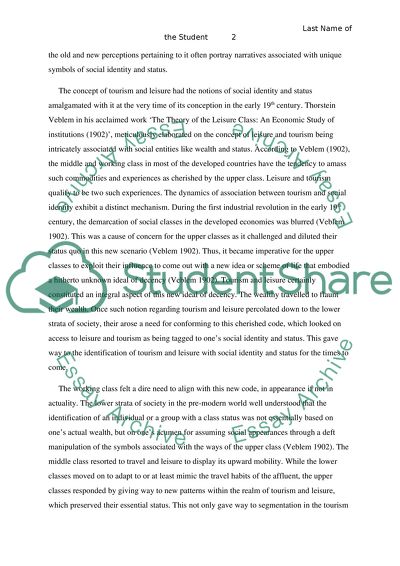Cite this document
(Leisure and Tourism Are Primarily Symbols of Social Identity and Assignment, n.d.)
Leisure and Tourism Are Primarily Symbols of Social Identity and Assignment. Retrieved from https://studentshare.org/tourism/1560657-tourism-leisure-and-society
Leisure and Tourism Are Primarily Symbols of Social Identity and Assignment. Retrieved from https://studentshare.org/tourism/1560657-tourism-leisure-and-society
(Leisure and Tourism Are Primarily Symbols of Social Identity and Assignment)
Leisure and Tourism Are Primarily Symbols of Social Identity and Assignment. https://studentshare.org/tourism/1560657-tourism-leisure-and-society.
Leisure and Tourism Are Primarily Symbols of Social Identity and Assignment. https://studentshare.org/tourism/1560657-tourism-leisure-and-society.
“Leisure and Tourism Are Primarily Symbols of Social Identity and Assignment”, n.d. https://studentshare.org/tourism/1560657-tourism-leisure-and-society.


